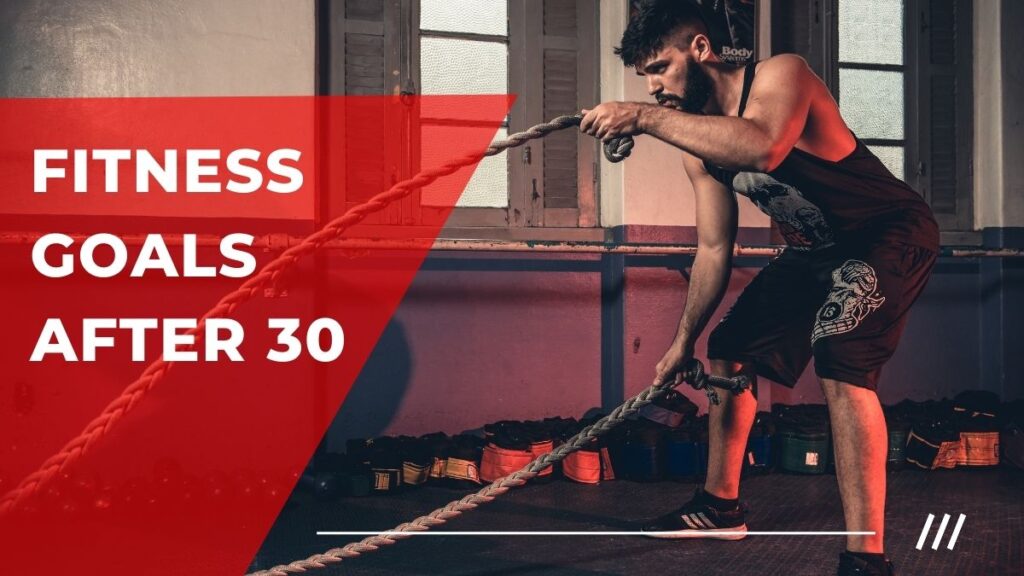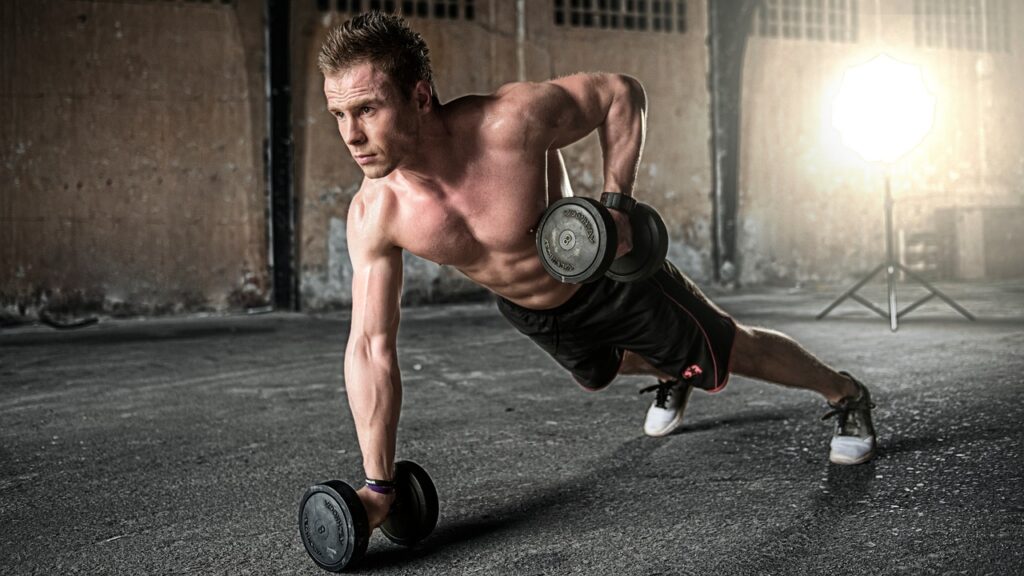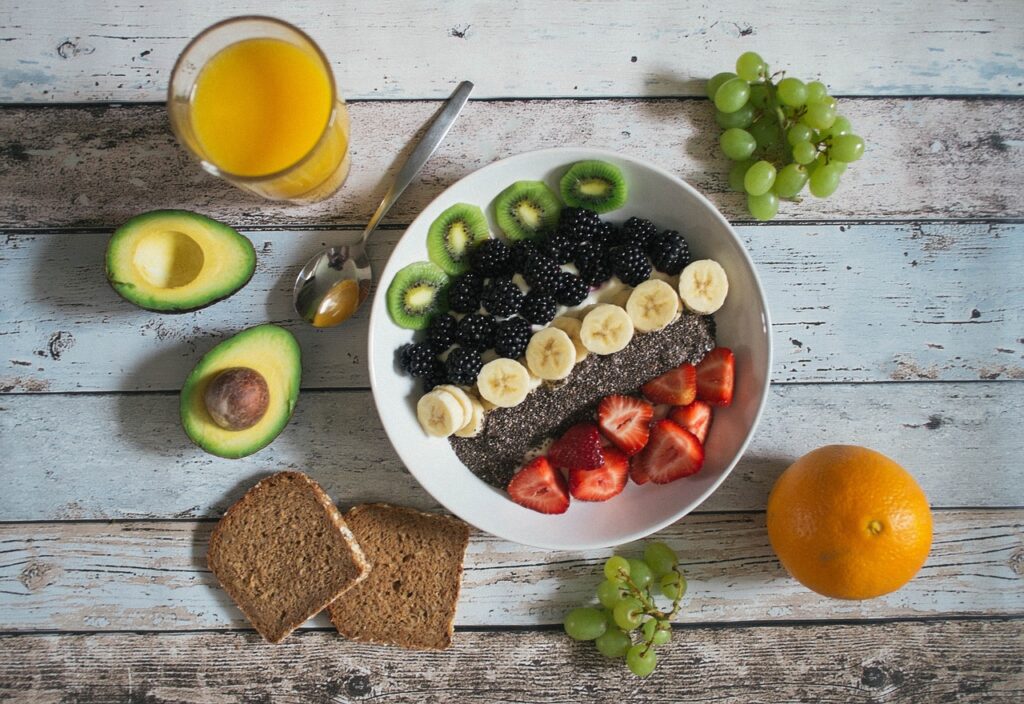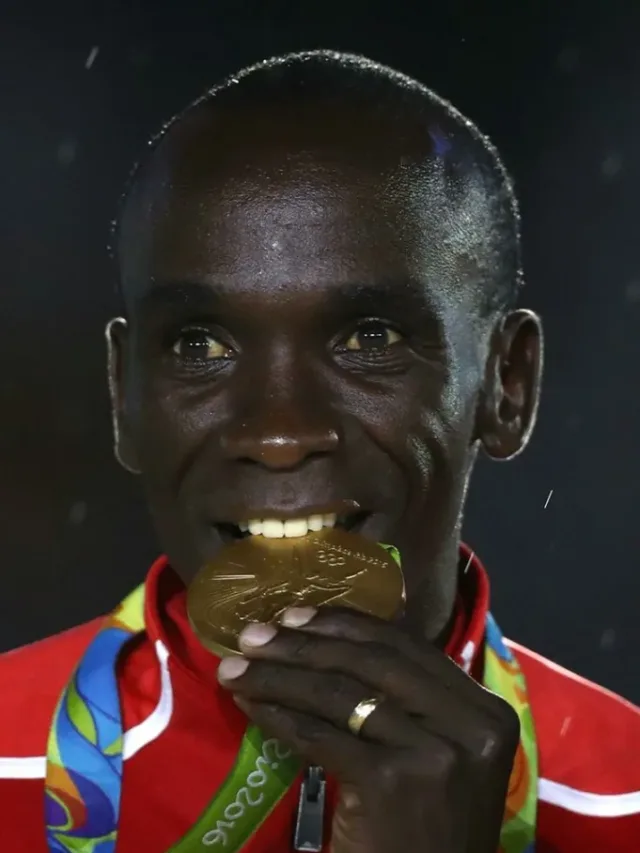Recent Posts
How to Maintain Fitness After 30: Ultimate Guide with Personalized Plans and Expert Tips
Learn how to maintain fitness after 30 with personalized fitness plans, balanced diets, and effective recovery strategies for a healthier, happier life.
Maintaining fitness after turning 30 is not just about preserving physical appearance but is fundamentally tied to overall health and longevity. As we age, our bodies undergo a series of physiological changes that necessitate a more focused approach to health and fitness. Understanding these changes and adapting our fitness routines accordingly can significantly enhance our quality of life. To understand the secret of how to maintain fitness after 30, let’s dive into the very basics of maintaining a healthy lifestyle.
Importance of Fitness After 30
Fitness plays a crucial role in mitigating the natural decline in muscle mass, bone density, and metabolic rate that typically begins around the age of 30. Regular physical activity can help maintain cardiovascular health, enhance muscle strength, improve flexibility, and support mental well-being. By staying active, we can prevent a myriad of age-related health issues such as cardiovascular disease, type 2 diabetes, and osteoporosis.
Many of life’s failures are people who did not realize how close they were to success when they gave up.
Thomas A. Edison
Overview of Bodily Changes Post-30
After 30, the body’s metabolic rate slows down, making it easier to gain weight and harder to lose it. Muscle mass begins to decrease at a rate of about 3-5% per decade if not actively maintained. Additionally, recovery from physical exertion takes longer, and the risk of injuries increases due to the reduced elasticity of muscles and joints.

Types and Categories of Fitness Activities
Cardiovascular Exercises
Cardiovascular exercises are essential for maintaining heart health and overall endurance. They help improve the efficiency of the cardiovascular system, enhance lung capacity, and burn calories.
Running
Running is a high-impact cardiovascular activity that can be adjusted in intensity to suit individual fitness levels. It helps in building strong bones, strengthening muscles, and improving cardiovascular health.
Swimming
Swimming is a low-impact exercise that provides a full-body workout. It is particularly beneficial for individuals with joint issues, as the water supports the body and reduces stress on joints.
Cycling
Cycling is another excellent cardiovascular exercise that also strengthens the lower body. It can be done outdoors or indoors on a stationary bike, making it versatile and accessible.
Strength Training
Strength training is vital for preserving muscle mass, improving bone density, and enhancing metabolic rate.
Weightlifting
Weightlifting involves lifting weights to build muscle strength and endurance. It can be tailored to various fitness levels and goals, from muscle building to toning.
Resistance Bands
Resistance bands are a versatile tool for strength training, offering different levels of resistance to work various muscle groups. They are portable and can be used anywhere, making them ideal for home workouts.

Bodyweight Exercises
Bodyweight exercises such as push-ups, pull-ups, and squats use the body’s weight to build strength. They require no equipment and can be performed anywhere, making them highly convenient.
Flexibility and Balance
Flexibility and balance exercises are crucial for maintaining joint health, preventing injuries, and improving overall coordination.
Yoga
Yoga combines physical postures, breathing exercises, and meditation to enhance flexibility, balance, and mental well-being. It is suitable for all fitness levels and can be adapted to individual needs.
Pilates
Pilates focuses on core strength, flexibility, and body awareness. It involves controlled movements and emphasizes proper alignment and breathing.
Tai Chi
Tai Chi is a form of martial arts that involves slow, deliberate movements and deep breathing. It improves balance, flexibility, and mental clarity.
Recreational Activities
Recreational activities provide a fun way to stay active and are often more enjoyable than traditional workouts.
Hiking
Hiking offers a combination of cardiovascular exercise and strength training, especially for the lower body. It also provides the added benefits of being in nature, which can reduce stress and improve mental health.
Dancing
Dancing is a fun and social way to stay fit. It improves cardiovascular health, muscle tone, and flexibility while also enhancing coordination and balance.
Sports
Participating in sports such as tennis, basketball, or soccer provides a full-body workout, improves cardiovascular health, and enhances agility and coordination.
Common Challenges
Slower Metabolism
After 30, the body’s metabolic rate slows down, making weight management more challenging. This can lead to increased body fat and decreased muscle mass if not actively countered with proper diet and exercise.
Increased Risk of Injuries
The risk of injuries increases with age due to the reduced elasticity of muscles and joints. It is essential to focus on proper form, warm-up routines, and adequate recovery to prevent injuries.
Time Constraints
Balancing work, family, and social responsibilities can make it difficult to find time for regular exercise. Prioritizing fitness and finding efficient workout routines can help overcome this challenge.
Motivation and Mental Health
Maintaining motivation can be difficult, especially with the added responsibilities and stress that often come with age. Incorporating enjoyable activities and setting realistic goals can help sustain long-term motivation.
Strategies to Overcome Challenges
Personalized Fitness Plans
Creating a personalized fitness plan tailored to individual needs, preferences, and goals can enhance adherence and effectiveness. Working with a fitness professional can help develop a balanced and sustainable plan.

Balanced Diet
A balanced diet rich in macronutrients (proteins, carbohydrates, and fats) and micronutrients (vitamins and minerals) is essential for supporting fitness and overall health. Proper nutrition fuels workouts, aids recovery and helps maintain a healthy weight.
Regular Health Checkups
Regular health checkups can help monitor health markers and identify any potential issues early. This proactive approach allows for timely interventions and adjustments to fitness and diet plans.
Stress Management Techniques
Incorporating stress management techniques such as meditation, mindfulness, and relaxation exercises can improve mental health and enhance overall well-being. Managing stress effectively can also support physical health and fitness goals.
Nutrition and Diet
Macronutrients
A well-balanced diet includes an appropriate mix of macronutrients to support energy levels and overall health.
Proteins
Proteins are essential for muscle repair and growth. Good sources include lean meats, fish, eggs, dairy, legumes, and plant-based proteins such as tofu and tempeh.
Carbohydrates
Carbohydrates provide the primary source of energy for the body. Complex carbohydrates such as whole grains, fruits, and vegetables are preferable as they provide sustained energy and essential nutrients.
Fats
Healthy fats are crucial for hormone production and overall health. Sources include avocados, nuts, seeds, and olive oil. It is important to limit saturated and trans fats.
Micronutrients
Micronutrients are vitamins and minerals required in small amounts but are essential for various bodily functions.
Vitamins
Vitamins such as A, C, D, E, and the B-complex are vital for immune function, energy production, and overall health. They can be obtained from a varied diet rich in fruits, vegetables, and whole grains.
Minerals
Minerals such as calcium, magnesium, potassium, and iron are crucial for bone health, muscle function, and overall well-being. They are found in a variety of foods including leafy greens, nuts, seeds, and lean meats.
Hydration
Staying hydrated is essential for maintaining energy levels, supporting digestion, and ensuring optimal physical performance. Aim to drink at least 8-10 glasses of water per day, and more if you are physically active.
Meal Planning and Timing
Planning meals and timing them appropriately can support energy levels and metabolic health. Eating balanced meals at regular intervals helps maintain blood sugar levels and prevents overeating.
Importance of Recovery
Sleep
Adequate sleep is crucial for recovery, muscle repair, and overall health. Aim for 7-9 hours of quality sleep per night to support physical and mental well-being.
Rest Days
Incorporating rest days into your fitness routine allows your body to recover and prevents overtraining. Rest days are essential for muscle repair and growth.
Active Recovery
Active recovery involves low-intensity activities such as walking, stretching, or gentle yoga. It promotes blood flow and helps reduce muscle soreness.
Massage and Foam Rolling
Regular massage and foam rolling can help alleviate muscle tension, improve flexibility, and enhance recovery. These practices can also reduce the risk of injuries and improve overall physical performance.
Preventive Measures
Regular Exercise
Consistent exercise is crucial for maintaining fitness and overall health. Aim for at least 150 minutes of moderate-intensity aerobic activity or 75 minutes of vigorous-intensity activity per week, along with muscle-strengthening activities on two or more days per week.
Healthy Eating Habits
Adopting healthy eating habits such as consuming a balanced diet, avoiding processed foods, and moderating portion sizes can support long-term health and fitness goals.
Avoiding Sedentary Lifestyle
Minimizing sedentary behavior by incorporating movement into daily routines can improve overall health. Simple changes such as taking the stairs, standing desks, and short walks can make a significant difference.
Regular Medical Check-ups
Regular medical check-ups help monitor health markers, detect potential issues early, and provide guidance on maintaining health and fitness.
Personal Stories or Case Studies
Success Stories of People Maintaining Fitness After 30
Sharing success stories of individuals who have successfully maintained their fitness after 30 can provide motivation and practical insights. These stories can highlight the challenges faced and the strategies used to overcome them.
Lessons Learned from Personal Experiences
Lessons learned from personal experiences can offer valuable guidance on what works and what doesn’t. These real-life examples can help others navigate their fitness journeys more effectively.
Expert Insights
Quotes from Fitness Trainers
Fitness trainers can provide expert advice on effective workout routines, proper form, and motivation strategies. Their insights can help individuals optimize their fitness routines.
Advice from Nutritionists
Nutritionists can offer guidance on balanced diets, meal planning, and managing dietary needs. Their expertise can support overall health and fitness goals.
Insights from Medical Professionals
Medical professionals can provide insights into the physiological changes that occur after 30 and offer advice on maintaining health through preventive measures and medical check-ups.
Conclusion
Maintaining fitness after turning 30 requires a holistic approach that includes regular physical activity, a balanced diet, adequate recovery, and preventive health measures. By understanding the changes that occur with age and adopting effective strategies, individuals can stay fit, healthy, and vibrant well into their later years. Commit to your fitness journey today and take proactive steps towards a healthier, happier life.
How useful was this post?
Click on a star to rate it!
Average rating 0 / 5. Vote count: 0
No votes so far! Be the first to rate this post.
We are sorry that this post was not useful for you!
Let us improve this post!
Tell us how we can improve this post?
Sekhar D
Hello, Facebook friends! I'm a blogger and digital marketer, passionate about creating compelling content and delivering results-driven marketing solutions. Join me on my journey as I share my thoughts and experiences in the world of digital marketing.
















Leave a comment